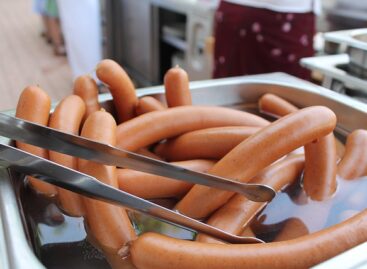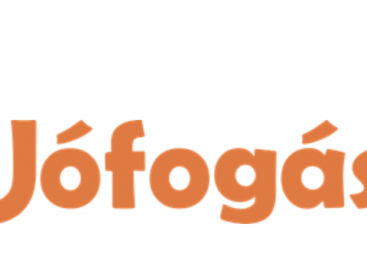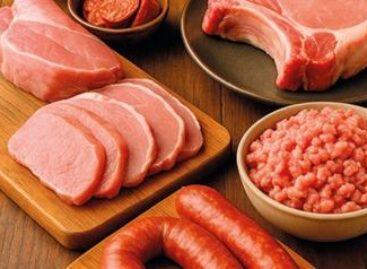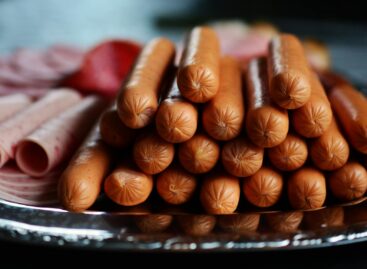From waste to resource: meat industry by-products get new life
By-products from meat processing were long treated as waste, but today they are becoming a valuable raw material in more and more areas – be it animal feed, energy production or even the cosmetics industry. Thanks to proper processing and strict regulation, these materials have become important building blocks of the circular economy – Agrárszektor says.
Protein in feed
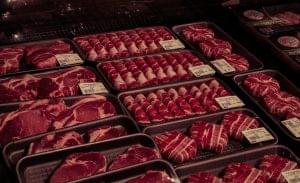 Meat by-products include blood, bone, fat, skin, offal and other parts not primarily intended for human consumption. These are used to make meat meal, blood meal, bone meal or greaves, which are mainly used as a protein-rich supplement in animal feed – poultry, pigs. Dairy by-products such as whey or buttermilk are also ideal for feeding young animals.
Meat by-products include blood, bone, fat, skin, offal and other parts not primarily intended for human consumption. These are used to make meat meal, blood meal, bone meal or greaves, which are mainly used as a protein-rich supplement in animal feed – poultry, pigs. Dairy by-products such as whey or buttermilk are also ideal for feeding young animals.
Their use for feed purposes is strictly regulated, especially to prevent the spread of bovine spongiform encephalopathy (BSE).
Biogas: turning organic waste into energy
Another promising area of use for meat and dairy by-products is energy. Their decomposition under anaerobic (oxygen-free) conditions produces methane-rich biogas, which can be used for heating, electricity generation, and even fed into the natural gas grid in the form of biomethane. In addition to slaughterhouse waste – such as blood, fats, stomach contents – expired dairy products, kitchen scraps, and slurry are also excellent raw materials.
Biogas production also has environmental benefits: methane emissions from manure storage facilities are reduced, less unpleasant odors are produced, and the remaining bio-fertilizer is more homogeneous and easier to use in agriculture than its untreated version.
Collagen, gelatin, and other industrial raw materials
Meat by-products are also important players in the pharmaceutical and cosmetics industries. Gelatin, obtained from bones and skin, is an ingredient in jams, sweets, and cake jellies, but it is also used as a raw material for capsules and creams. Collagen, keratin, and other animal proteins are valuable components of the beauty industry. In addition, lubricants and soaps are also made from technical fats.
Related news
Hungarian sausages on the New Year’s Eve table!
🎧 Hallgasd a cikket: Lejátszás Szünet Folytatás Leállítás Nyelv: Auto…
Read more >Millions of items sold out in a single day, but free stuff is the most popular – here are the second-hand market trends for 2025
🎧 Hallgasd a cikket: Lejátszás Szünet Folytatás Leállítás Nyelv: Auto…
Read more >Domestic meat industry in a market turmoil
🎧 Hallgasd a cikket: Lejátszás Szünet Folytatás Leállítás Nyelv: Auto…
Read more >Related news
New Year’s Eve: shortened opening hours in stores – general store closure on January 1
🎧 Hallgasd a cikket: Lejátszás Szünet Folytatás Leállítás Nyelv: Auto…
Read more >Tejföl is only a name for live flora: new categories for sour dairy products will be introduced from 2026
🎧 Hallgasd a cikket: Lejátszás Szünet Folytatás Leállítás Nyelv: Auto…
Read more >Sausage prices before New Year’s Eve: cheap entry, expensive premium – how big is the gap on the shelves?
🎧 Hallgasd a cikket: Lejátszás Szünet Folytatás Leállítás Nyelv: Auto…
Read more >
